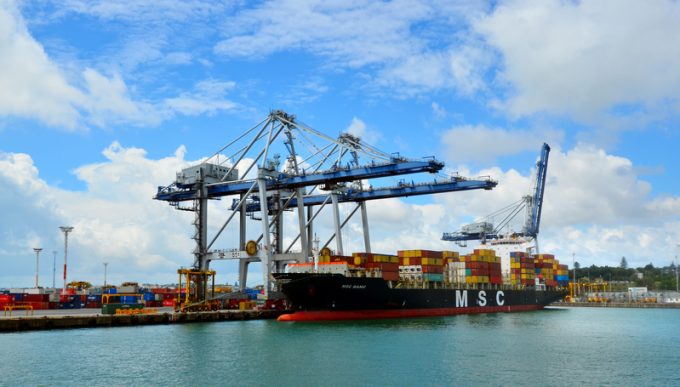Carrier groups likely to have eyes on DP World's Nhava Sheva concession
Global container carrier heavyweights are likely to bid for the upcoming re-award of a container ...

Shippers around the world face huge supply chain challenges from port congestion and an acute shortage of containers.
And one carrier source The Loadstar spoke to today said the problems “will get worse”.
“There are so many pinch points building now and they will only get worse ...

Comment on this article